
Correct Toes eliminates the need for conventional orthotics in most people by enabling the foot arch (i.e., the medial longitudinal arch) to support itself. In general, we DO NOT recommend wearing Correct Toes in combination with orthotics; we instead recommend weaning yourself off orthotics—slowly and progressively—when introducing Correct Toes. Correct Toes toe spacers are, by definition, an orthotic, though conventional custom orthotics are placed under your foot arch (instead of between your toes) and attempt to alter foot position by using an unnatural methodology (i.e., by propping up your foot arch).
Two Very Different Approaches
In other words, custom arch orthotics are not natural in any way. In fact, they violate the natural anatomy of your foot’s arches by artificially lifting them and placing material under them in a manner never seen in nature or in human-made structures, such as arch bridges. Correct Toes, on the other hand, does support your foot’s arches in the exact manner nature intended: By placing your toes in their ideal natural alignment. So here we have two different types of orthotics attempting to do the same thing: One violates the natural anatomy of the foot, the other provides natural alignment to the foot and toes, and thus balance and support. Correct Toes toe spacers are particularly effective in enabling optimal foot health when used in combination with shoes that possess a completely flat sole from heel to toe (i.e., when they are worn in a shoe that possesses no heel elevation, toe spring, or motion control features) and a sufficiently wide toe box.
Who Might Benefit From Conventional Arch Orthotics?
While most people do not need orthotics if they use Correct Toes in footwear that allows proper toe splay, there are a few rare individuals who, even with Correct Toes and proper shoes, may not achieve their desired foot health goals simply by using their foot naturally. These few individuals may, in fact, benefit from Correct Toes AND orthotics.
In even rarer cases, where the combination of Correct Toes and orthotics does not restore foot arch structures, a surgical procedure on the ankle may be indicated. Of course, Correct Toes should be worn after this surgery to help maintain proper toe and foot alignment. To learn more about post-surgical recovery methods, please read this article that lists six ways to restore foot health after surgery.

WANT TO IMPROVE YOUR FOOT HEALTH?
Let the team at Natural Footgear help you! Subscribe to our newsletter for the latest offers and helpful info, and sign up for our FREE email courses on various topics and foot health conditions.
Sign Up →
Want to Improve Your Foot Health?
We are here to help you every step of the way. Get our newsletter for the latest offers and helpful info, and sign up for our FREE email courses on various topics and conditions, including bunions, hammertoes, neuromas, plantar fasciosis, shin splints, ingrown toenails, and more.
Sign Up →
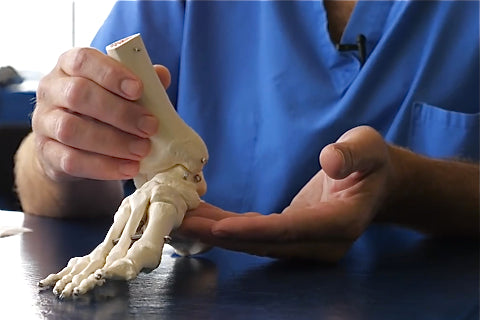 In this video, Dr. Ray McClanahan, a sports podiatrist at Northwest Foot and Ankle and the inventor of Correct Toes, discusses a very common question: “Who should use orthotics?” Dr. Ray explains why conventional arch orthotics are prescribed by many foot care professionals and presents an alternative view on how best to stabilize the foot and ankle using natural (i.e., non-arch orthotic) means. Dr. Ray also describes the very specific...
Read more
In this video, Dr. Ray McClanahan, a sports podiatrist at Northwest Foot and Ankle and the inventor of Correct Toes, discusses a very common question: “Who should use orthotics?” Dr. Ray explains why conventional arch orthotics are prescribed by many foot care professionals and presents an alternative view on how best to stabilize the foot and ankle using natural (i.e., non-arch orthotic) means. Dr. Ray also describes the very specific...
Read more



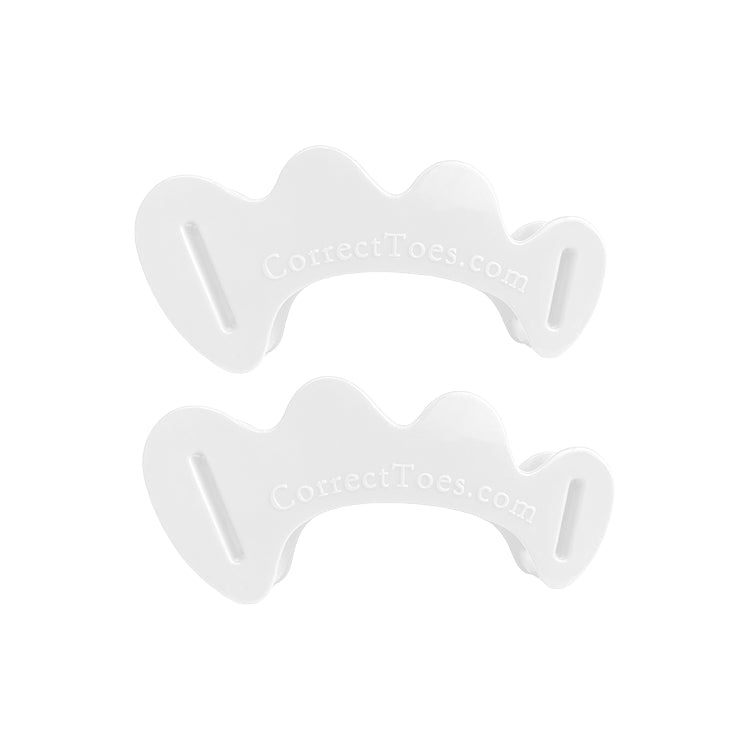
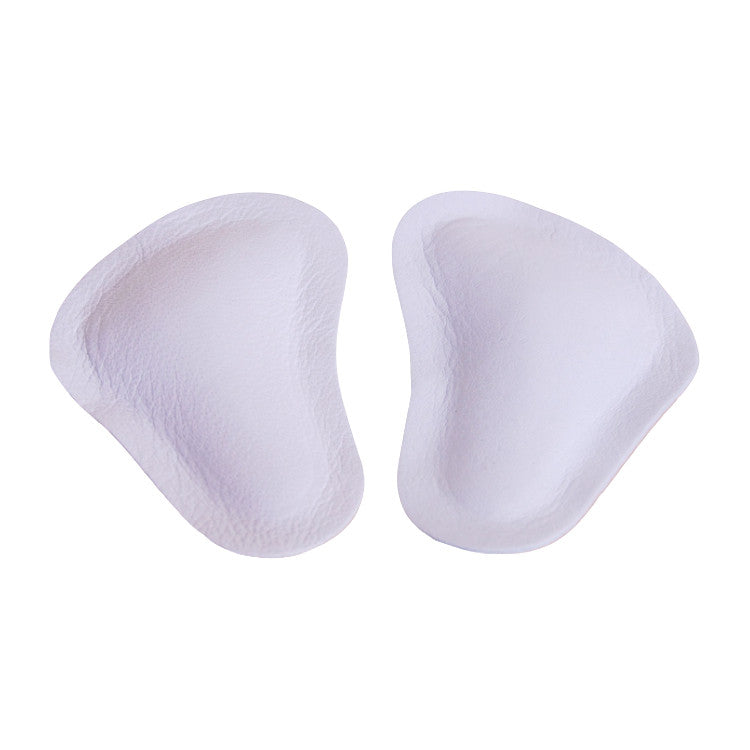

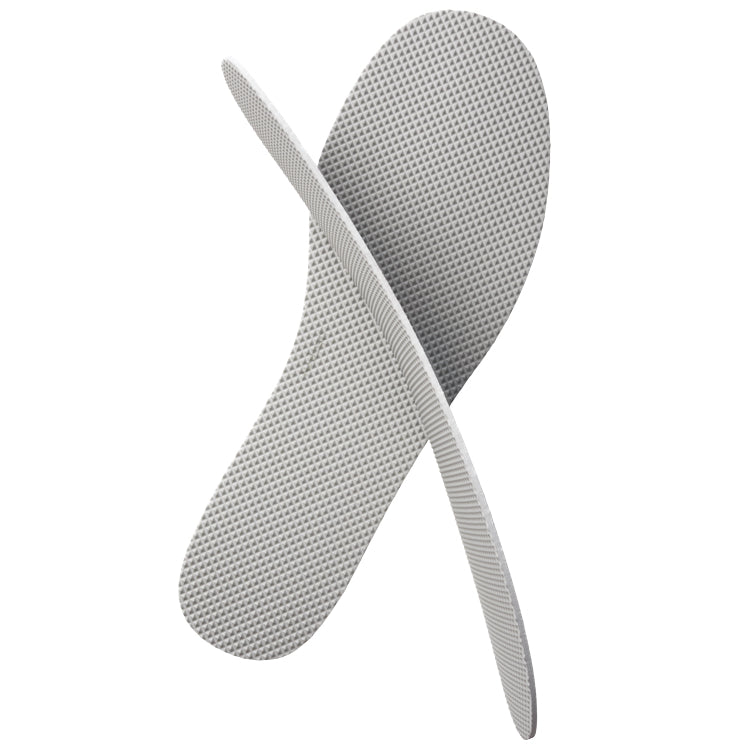

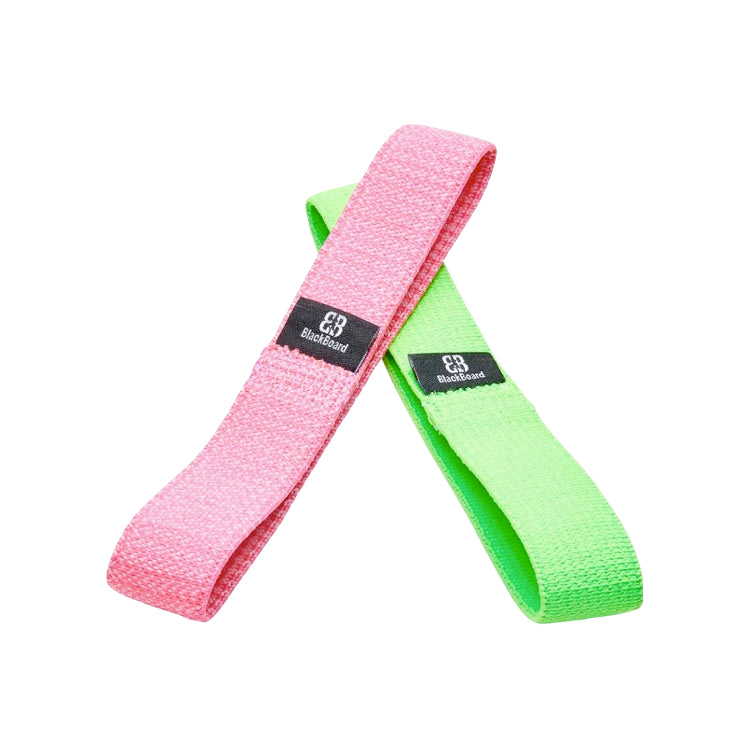
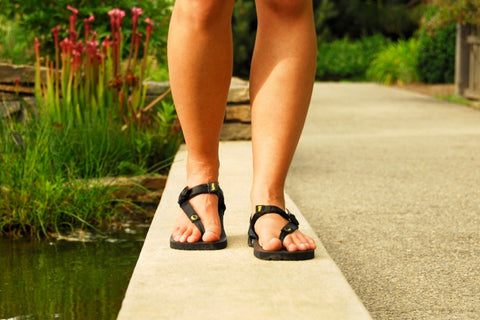
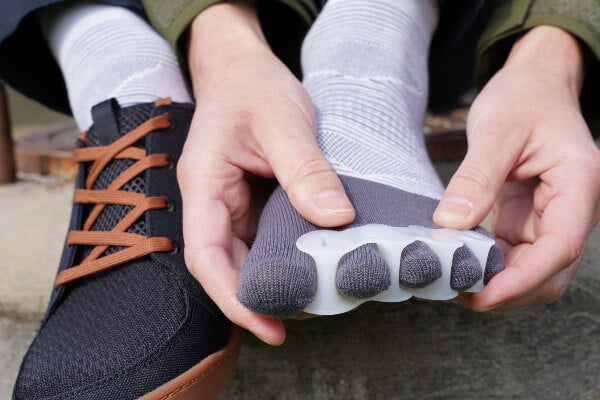
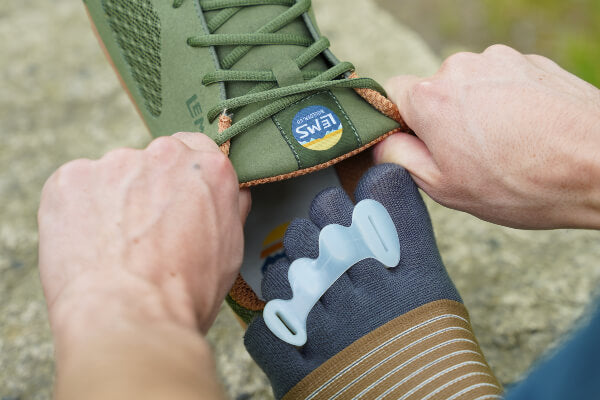
I bought Correct Toes a couple of months ago, but I have recently noticed one of them is developing a small tear. What should I do? It is past the 30 day limit. Can they be repaired?
Hi, Reuben,
Thank you for your message. You’ll want to contact the company from whom you purchased your Correct Toes to see about getting a replacement. Many companies (including Natural Footgear) offer a 90-day materials warranty for products that break down under heavy use. Alternatively, you can repair your torn Correct Toes by using fish tank glue/sealant. People have reported that this type of glue is particularly effective in restoring torn spacers back to their original glory.
Kind regards,
Marty Hughes, DC
Hello,
I have a large bunion that has developed over time on my left big toe joint. Additionally, a bunion is also forming on the right big toe joint. I have been considering having surgery this summer but am interested in trying the Correct Toes. To what extent could Correct Toes repair or take away these bunions so that I wouldn’t have to have corrective surgery?
Hi, Danielle,
Thank you for your comment. Bunions are caused in part by the big toe’s migration toward the foot’s midline (due to wearing shoes with tapering toe boxes), so a splint between the big toe and second toe can be very helpful in returning your foot and toes to their proper alignment. Correct Toes serves this purpose, and when worn regularly with foot-healthy footwear (i.e., footwear that doesn’t continue to push the big toe toward the second toe), many individuals with bunions have found that symptoms can improve. If you want to read more about some foot-healthy options for bunions, we recommend reading this article:
www.naturalfootgear.com/blogs/education/17856628-bunions
I hope this has been helpful. If we can answer further questions, please just let us know!
Kind Regards,
Andrew Potter
I have plantar fasciitis and hammertoes. I stand on concrete and walk on concrete all day long. Will the Correct Toes work for me, and what would be the best shoes to wear?
Hi, Jan,
Thank you for your message. Our recommendation for you would depend on the type of work you’re doing, and whether or not you’re required to wear casual shoes on the job. All of our shoes are foot-healthy, promoting toe splay and allowing room for the foot to act like a bare foot inside of the shoe. We suggest following the link at the bottom, and from there determining which style would be appropriate for your workplace. If you have further questions, or need sizing help, feel free to contact us at info@naturalfootgear.com. We’re happy to help out however we can!
www.naturalfootgear.com/pages/shop
Kind regards,
Andrew Potter
I have arthritis romothoid and toes looks tall and short I just need to know if those correct toes will works for my case
Hello, Mary,
Thank you for your post. Though we cannot give medical advice here, we have certainly seen Correct Toes help feet to feel better in many types of painful situations.
Here are two additional resources that might help you to make a more informed decision in your particular instance:
Regarding hammertoes generally:
www.naturalfootgear.com/blogs/education/17883716-hammertoes-conventional-vs-natural-approaches
Regarding arthritis (with special mention of rheumatoid arthritis):
www.naturalfootgear.com/blogs/education/17853104-arthritis
Please do let us know if you have additional questions. Feel free to email us directly at info@naturalfootgear.com.
Kindly,
Sarah K. Schuetz
I have a Morton’s neuroma in my right foot. It seems to be between my big toe and my second toe. I’ve used custom orthotics and I’ve been wearing the Brooks Ghost running shoe. I would say that my foot is suffering from wearing the tight runners, as I don’t wear high heels. I’m not getting much relief from the orthotics or the running shoes. I need a good gym shoe (not for running, just for gym work and walking), and I don’t feel that the Brooks are ideal for this. Could you please advise me on what would be suitable for my needs? I’ve only had this problem for four months, but I can’t go to the gym or do long walks.
Hi, Joyce,
Thank you for your comment! I’m sorry to hear that your neuroma is keeping you from being active.
Neuromas are caused by two main forces acting on the nerve: pinch and stretch. Conventional footwear (with its tapering toe boxes, toe spring, and heel elevation) tends to squeeze the forefoot, pinching and stretching the intermetatarsal nerves that pass through the ball of the foot.
A natural approach to addressing your neuroma may be helpful for you. An important consideration is to use footwear that allows your foot to sit completely flat on the shoe’s footbed while offering your toes enough room to splay and function as nature intended. This usually helps with the healing process and reduces neuroma-related pain or discomfort.
In addition to foot-healthy footwear, we’ve also found Correct Toes toe spacers (www.naturalfootgear.com/collections/correct-toes) and metatarsal pads (www.naturalfootgear.com/products/pedag-metatarsal-pads) to be quite helpful in addressing neuromas. Both of these items are designed to restore proper foot and toe alignment.
In terms of footwear, we recommend using models that are flat from heel to toe, wide in the toe box (especially at the ends of the toes), and flexible in the sole. I’ve included a link below to the women’s footwear we offer on our site, and also another link to a helpful video detailing the causes of neuromas and the natural methods we’ve found to be helpful.
Women’s Footwear:
www.naturalfootgear.com/collections/womens-shoes
Neuromas & Natural Foot Health:
www.naturalfootgear.com/blogs/education/17888880-neuromas-natural-foot-health
If you have any further questions, please do let us know!
Kind Regards,
Andrew Potter
I was impressed when I read this article. “They violate the natural anatomy of your foot’s arches by artificially lifting them and placing material under them in a manner never seen in nature or in human-made structures, such as arch bridges." BAAAAANG ON.
This is especially true in skiing, where bootfitters think they are making the foot stronger by building a big, solid arch. This locks up the foot and prevents it from achieving the fine balancing movements it needs to make, and so the movements needed to stay in balance move higher up the kinetic chain.
Excellent post.
Hi, Jeet,
Thank you for your kind words! We’re happy to hear that you enjoyed the article. We think these concepts are especially important for athletes (and athletic shoe manufacturers) to understand. Skiers could most definitely benefit from wider, flatter boots.
If you have any questions in the future, please feel free to let us know!
Cheers!
Andrew Potter
Hello! I am a surgical technologist of almost 12 years. I have worn almost every kind of healthcare professional shoe out there. About two years ago, I started developing plantar fasciitis. It wasn’t too painful, and I saw a podiatrist and she did injections and gave me an $85 insole to use in my shoes for work. I was using Calzuros, rubber clogs from Italy, at the time, and the inserts kept sliding out of the back of them, since they were slingbacks. The injections didn’t last too long, and the pain from standing in one place for 8-12 hours a day started affecting me, even at home. Over the last 8 months, my pain has become so terrible that at night, if I need to use the bathroom, I have to shuffle there because I cannot put full pressure on both of my feet.
These past 3 weeks, I started a new job and bought $320 Good Feet Store orthotics. I don’t have a job where I can remove my shoes and pull inserts out after 2 hours; once they’re in, they’re in for the day because I am scrubbed into surgery. I’ve tried cheap orthotics, middle-of-the-road orthotics, and the expensive ones. And all of the shoes I’ve tried, including Danskos, KILL my feet. Several others were a bust, too. I bought ABEO sneakers this past weekend and bought their high-end inserts. They felt good wearing them outside of work all day Saturday, but once I hit the OR to stand in one place for several hours, the pain kicks right in after 30 minutes. I shuffle down the hallway it hurts so bad. I’ve massaged my feet, stretched them, stretched my gastroc and soleus, iced my feet, rolled massage balls under them, and worn night braces, but nothing takes away the pain. I’ve tried, with no success, ibuprofen, aspirin, acetaminophen, turmeric pills … nothing touches the pain.
The only shoes that do not give me trouble are my Vionix flip flops, which I bought while on a beach vacation because I couldn’t walk due to the pain. I wear 15-20 mmHg compression socks by Sockwell, but the aching goes well up my legs and into my hips, buttocks, and lower back now. I’m 36, and I just feel defeated over all of this now. I’ve spent a lot of money on shoes and tricks to alleviate the pain, but am I possibly making it worse? I’m afraid that I’m going to have to quit working at a profession that I love because I simply cannot stand for longer than 30 minutes without agonizing pain. I’m tempted to try injections once more, but I feel I have more going on now than just plantar fasciitis pain, possibly muscles are involved now. Any suggestions? Thanks so much!!
Hi, Kim,
Thank you for your message. We’re really sorry to hear that you’ve been dealing with foot pain for so long. Foot pain can be particularly problematic for folks, like yourself, who spend most of their workdays on their feet.
In our experience, we’ve found that conventional footwear (which pinches the toes and elevates the heel and toes above the forefoot) is the primary cause of plantar fascia pain (we call it plantar fasciosis, due to the underlying pathophysiology; more about that here: www.naturalfootgear.com/blogs/education/17889080-plantar-fasciitis-or-fasciosis).
We’ve also found that footwear that’s widest at the ends of the toes and has no built-in arch support, toe spring, or heel elevation allows the foot to rest naturally, which can help restore proper blood flow to and from the plantar fascia (plantar fascia pain is usually a circulation issue, not an inflammation issue). Correct Toes toe spacers are another important consideration in addressing plantar fasciosis. These toe spacers encourage better foot and toe circulation, and they promote proper alignment of the toes, which in turn promotes the natural strengthening of the main foot arch.
You can find our women’s foot-healthy footwear offerings here:
www.naturalfootgear.com/collections/womens-shoes
And you can find our Correct Toes offerings here:
www.naturalfootgear.com/collections/correct-toes
Also, we have a lot of plantar fasciosis-related resources on our site. You can find several in-depth articles below:
Plantar Fasciosis:
www.naturalfootgear.com/blogs/education/17889104-plantar-fasciosis
Heat or Ice for Plantar Fasciosis?:
www.naturalfootgear.com/blogs/education/17883800-heat-or-ice-for-plantar-fasciosis
Plantar Fasciosis: The Underlying Cause:
www.naturalfootgear.com/blogs/education/17889940-plantar-fasciosis-the-underlying-cause
Plantar Fasciosis: Conventional vs. Natural Approaches:
www.naturalfootgear.com/blogs/education/17889116-plantar-fasciosis-conventional-vs-natural-approaches
I hope this information is helpful. If you have any further questions after exploring these articles, please do let us know; we’re happy to help out however we can!
Kind Regards,
Andrew Potter
I would like to know what you think about the Birkenstock brand.
Hi, Susanna,
Thank you for your comment! We actually get this question a lot. Basically, Birkenstock sandals are better than a lot of other options out there, though just how good or bad they are for your feet depends largely on the particular Birkenstock model you’re considering. On the upside, a lot of Birkenstock models have a wider-than-typical “toe box” area, which is great, but the raised edge surrounding the toes on some models can be a bit limiting in terms of toe splay, and in some cases, it can even unfavorably impact toe alignment. Also, the heel elevation, rigid soles, and built-in “arch support” in many Birkenstock models are additional design inclusions that can lead to a variety of foot problems, and any Birkenstock model that incorporates these elements is best avoided.
I hope this helps answer your question, Susanna! Please let us know if you have any additional thoughts or questions.
Kind regards,
Robyn Hughes, ND
Hi there! First, I really appreciate all the information you provide on your site. My question is: Why do so many natural foot health, barefoot, minimalist, and/or zero-drop folks recommend Pedag metatarsal pads? I get the idea that our metatarsal arch can be too flat and that these will lift it up. But it seems to contradict the idea that we should develop our muscles to naturally improve our foot alignment and use, rather than prop up the arch artificially. How do the metatarsal pads build strength? And, how are they different from conventional orthotics?
Excellent question, Karen! And you can be forgiven for thinking that there might be a contradiction here. First of all, metatarsal pads such as Pedag metatarsal pads differ vastly from conventional arch orthotics in that they are relatively soft and flexible (i.e., they don’t, in any way, rigidly hold your foot—or any aspect of your foot—in place). They are intended to work with the natural design of your foot, not control it or dictate its movement. Conventional arch orthotics are prescribed under the assumption that your foot is inherently flawed and needs to be “fixed,” whereas Pedag metatarsal pads are prescribed or recommended as an unobtrusive foot and toe rehabilitation tool.
The primary function of metatarsal pads is to help bring your toes back down to the ground or support surface so that they can more fully engage their environment (and so that you can realize the full protective benefit of your forefoot fat pad). The metatarsal pad itself sits just behind the ball of your foot, and though it does occupy the space beneath that portion of your transverse (metatarsal) foot arch, it’s role is not to “prop up” that arch per se but rather to provide a concave surface upon which the heads of your metatarsal bones can splay. In so doing, metatarsal pads help open up more space for the important nerves and blood vessels running through what’s otherwise a tight area (and a frequent site of problems) in that part of your foot.
Pedag metatarsal pads won’t, by themselves, help you build foot strength or regain arch “loft,” but when they are used in a foot-healthy environment (i.e., inside men’s or women’s flat-soled, flexible, and wide toe box footwear) and in combination with other helpful footgear (such as Correct Toes and Injinji toe socks), you get the strength and arch gains you seek as well as the kind of foot and toe rehabilitation that will set you up for long-term foot health success. We have put together an article that goes into greater depth about the benefits of metatarsal pads, and you can find that here: www.naturalfootgear.com/blogs/educational-articles/metatarsal-pad-benefits.
We hope you find this response helpful! If you have any follow-up questions, please let us know.
Yours in Foot Health,
Drs. Marty & Robyn Hughes
Due to recent nerve damage and back surgery, my right foot has less mobility than it once did. Additionally, I am unable to lift or move my right big toe at all. While I can walk by concentrating on lifting my right leg higher than would be necessary if my toes could push off, it causes me to trip when I fail to concentrate. I think it might be better if I had a shoe that was elevated in the front so I would stop tripping over my own toes. Is that a thing?
Greetings, Reggie,
Thank you for your comment. I’m sorry to hear about the foot-related challenges you’re facing, but it sounds like you’re working hard to adapt to your new situation. My best recommendation is to consult with a foot care (or footwear) specialist to find a solution that suits your unique needs. I hope you find a shoe that’s both foot-healthy and helpful in improving your gait.
Kind regards,
Robyn Hughes, ND